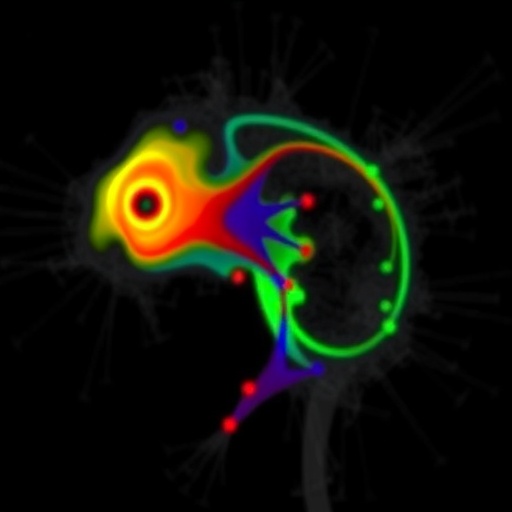![]()
Credit: Credit: NASA Worldview, Earth Observing System Data and Information System (EOSDIS)
Tropical Storm Claudia is battling wind shear as it continues moving away from Western Australia and through the Southern Indian Ocean. NASA-NOAA’s Suomi NPP satellite provided forecasters with an image of the storm on January 13.
Visible imagery from NASA satellites help forecasters understand if a storm is organizing or weakening. The Visible Infrared Imaging Radiometer Suite (VIIRS) instrument aboard Suomi NPP provided a visible image of Claudia that showed the storm appeared elongated.
The shape of a tropical cyclone provides forecasters with an idea of its organization and strength, and NASA-NOAA’s Suomi NPP satellite provided a visible image of the landfall of the storm to forecasters. The storm appeared elongated from west to east. The imagery shows that Claudia is under strong vertical wind shear from the northwest to southeast. The low-level center now appears to the east of the main convection (rising air that creates the thunderstorms that make up the tropical cyclone).
In general, wind shear is a measure of how the speed and direction of winds change with altitude. Tropical cyclones are like rotating cylinders of winds. Each level needs to be stacked on top each other vertically in order for the storm to maintain strength or intensify. Wind shear occurs when winds at different levels of the atmosphere push against the rotating cylinder of winds, weakening the rotation by pushing it apart at different levels.
At 7:43 a.m. EST (8:43 pm WST) on Monday, January 13, 2020 the Australian Government Bureau of Meteorology (ABM) noted that “Severe Tropical Cyclone Claudia (Category 3) was located latitude 17.3 degrees south and longitude 114.1 east, about 298 miles (480 km) northwest of Karratha and 320 miles (515 km) north of Exmouth. Claudia is moving west-southwest at 18 miles (29 kilometers) per hour. Maximum sustained winds were near 80 knots (92 mph/148 kph).”
Claudia is expected to continue to track towards the west-southwest and remain over open waters, well north of the Pilbara.
Tropical cyclones/hurricanes are the most powerful weather events on Earth. NASA’s expertise in space and scientific exploration contributes to essential services provided to the American people by other federal agencies, such as hurricane weather forecasting.
By Rob Gutro
NASA’s Goddard Space Flight Center
###
Media Contact
Rob Gutro
[email protected]
Original Source
https:/




